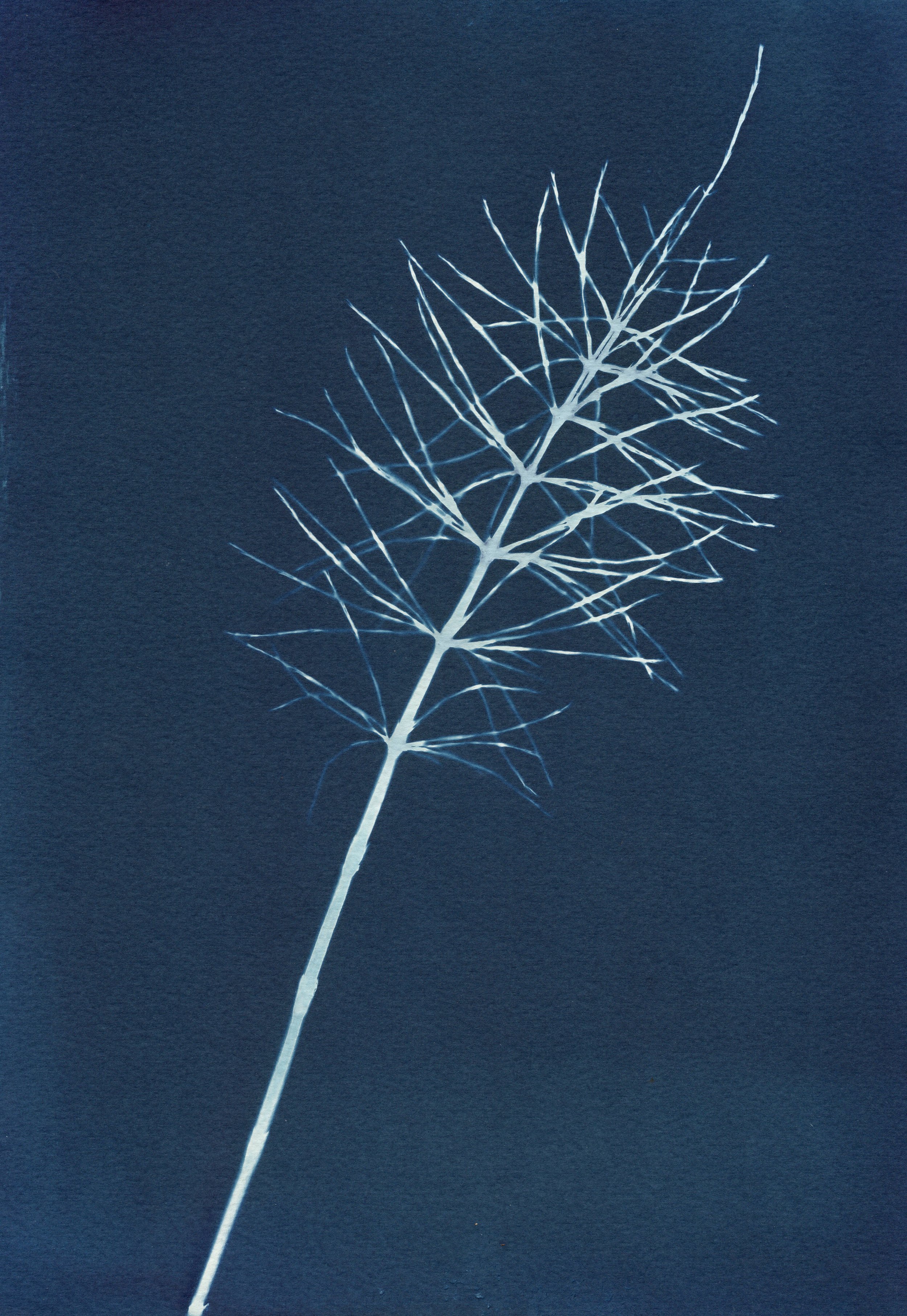Alternative Photographic Techniques
The word photography comes from the Greek words 'photo' meaning light and 'graphia' meaning to draw - literally translated 'drawing with light.' Photographs or photograms can be created without a camera using alternative photographic processes that rely on light, a subject and paper coated with a photosensitive emulsion and a bath of water to develop the resulting image.
This first series of images in this gallery comprise a collection of cyanotype prints made using flora and algae collected here on the Isle of Eigg.
The process offers scope for creative experimentation and much of its appeal lies in the fact that you never really know what you are going to get. The length of the exposure, the treatment of the subject matter during exposure, and whether you choose to enhance the tonal range of the cyanotype image using other solutions such as tea, coffee, bark etc all affect the outcome.
The cyanotype process was invented in 1841 by Sir John Herschel using a mixture of iron compounds, which when exposed to UV light and washed in water oxidised to create Prussian Blue images.
This technique was later mastered and popularised by Anna Atkins - a botanist and one of the earliest women photographers who used the process to document her large collection of seaweeds. Her book ‘Photographs of British Algae: Cyanotype Impressions’, published in October 1843, is considered the first photographically illustrated book. It is Anna’s beautiful work that inspired me to embark on a project to create a collection of cyanotype prints to document the local flora found here on the Isle of Eigg.



















